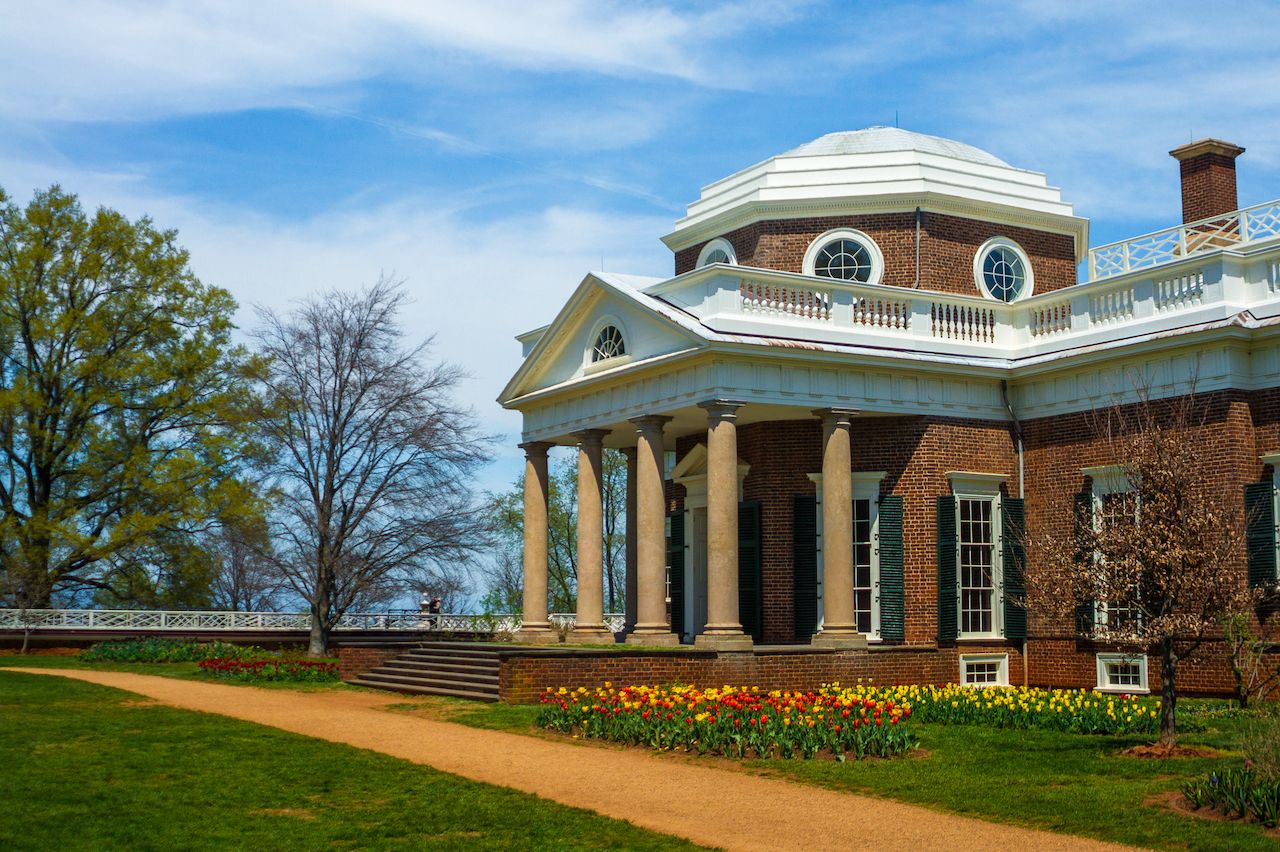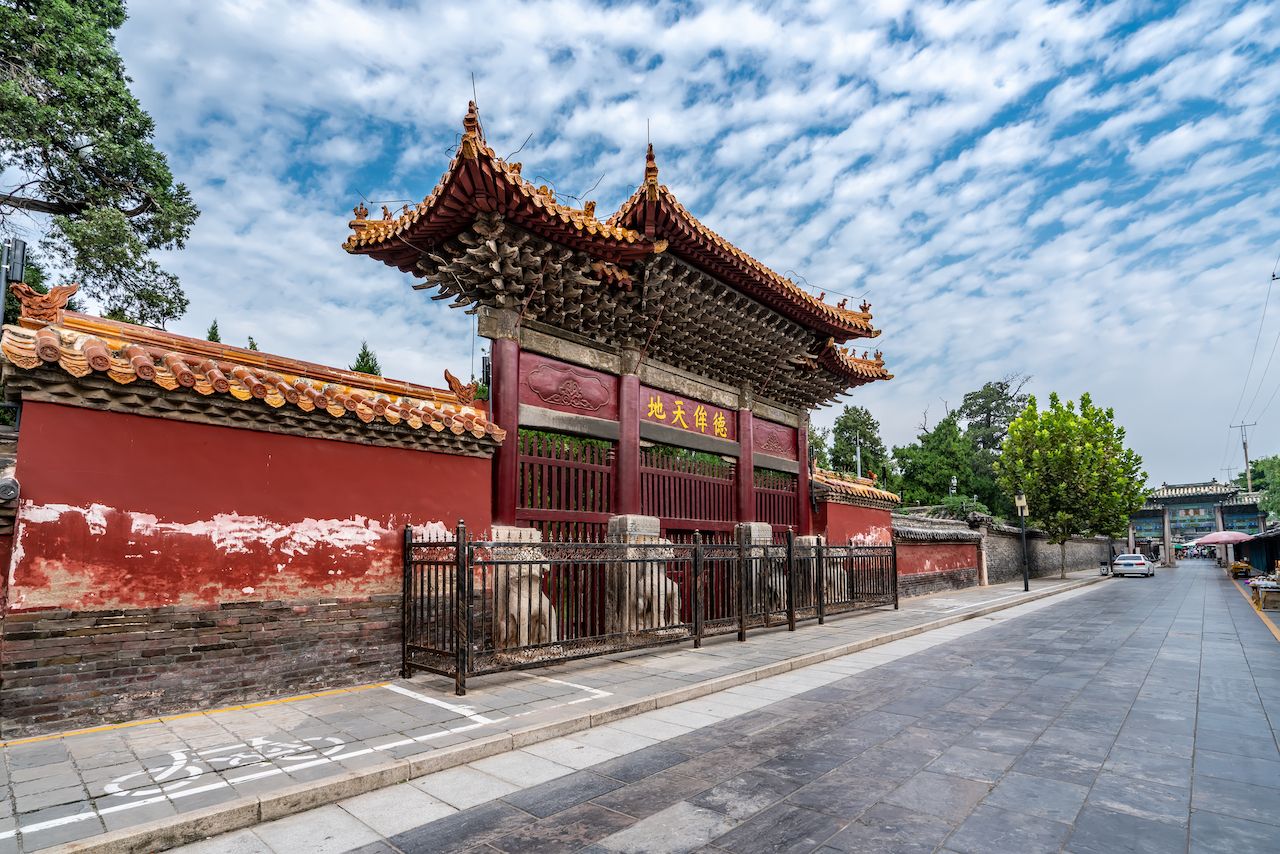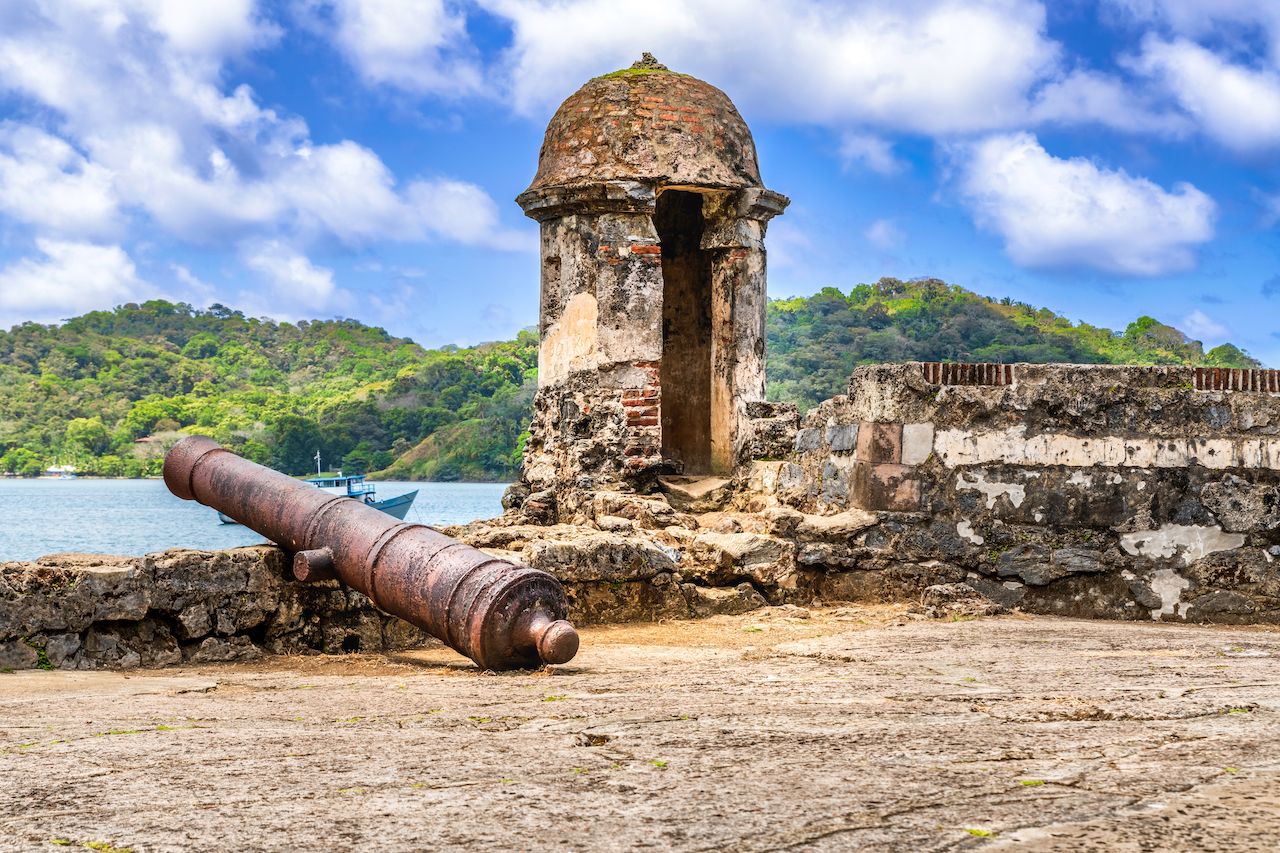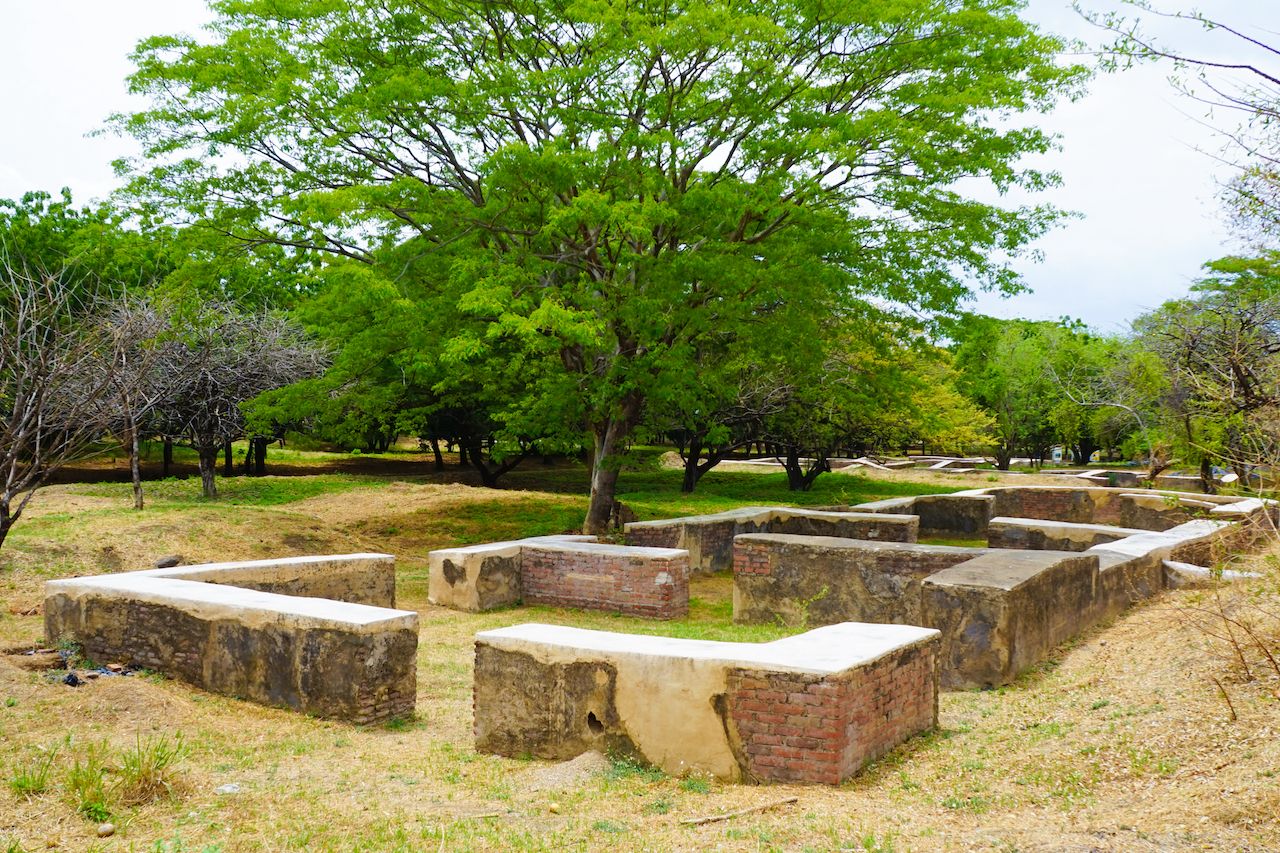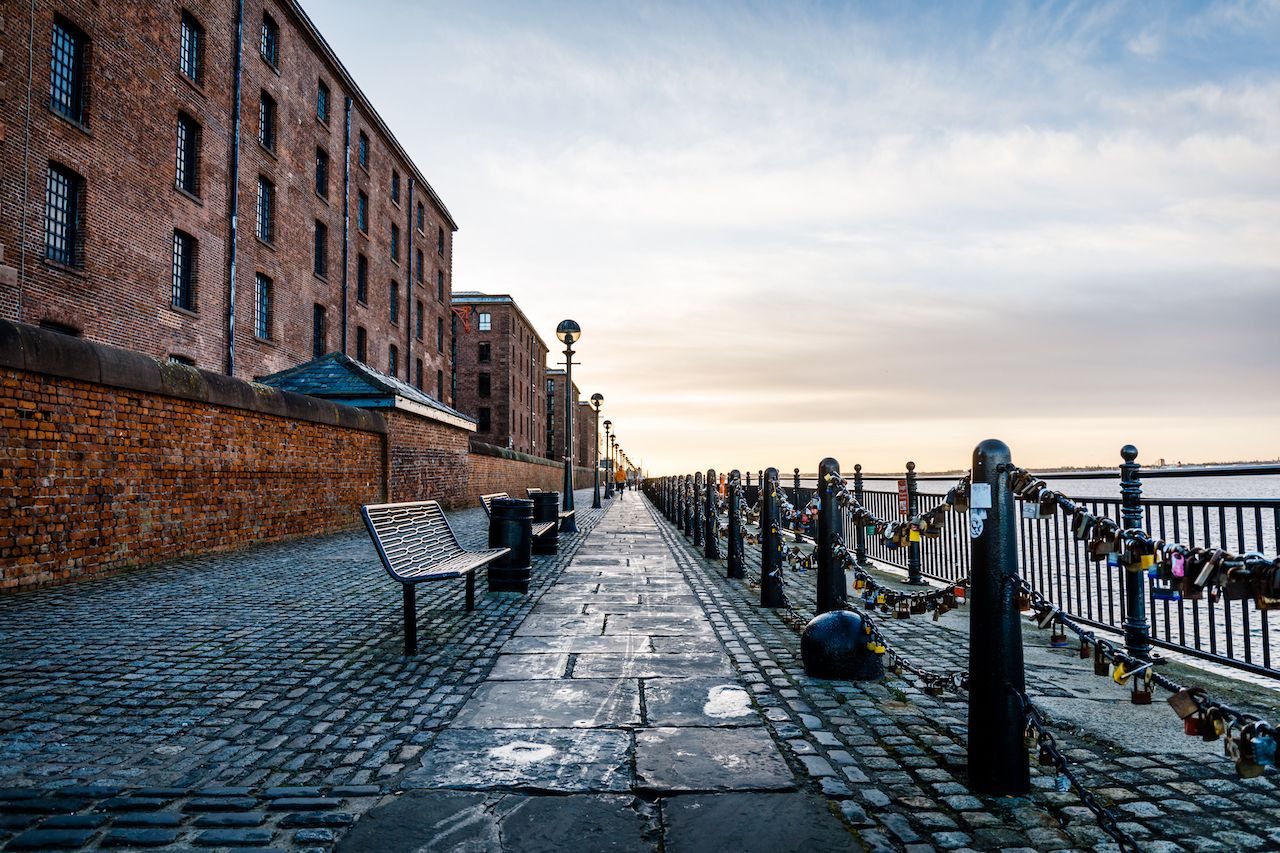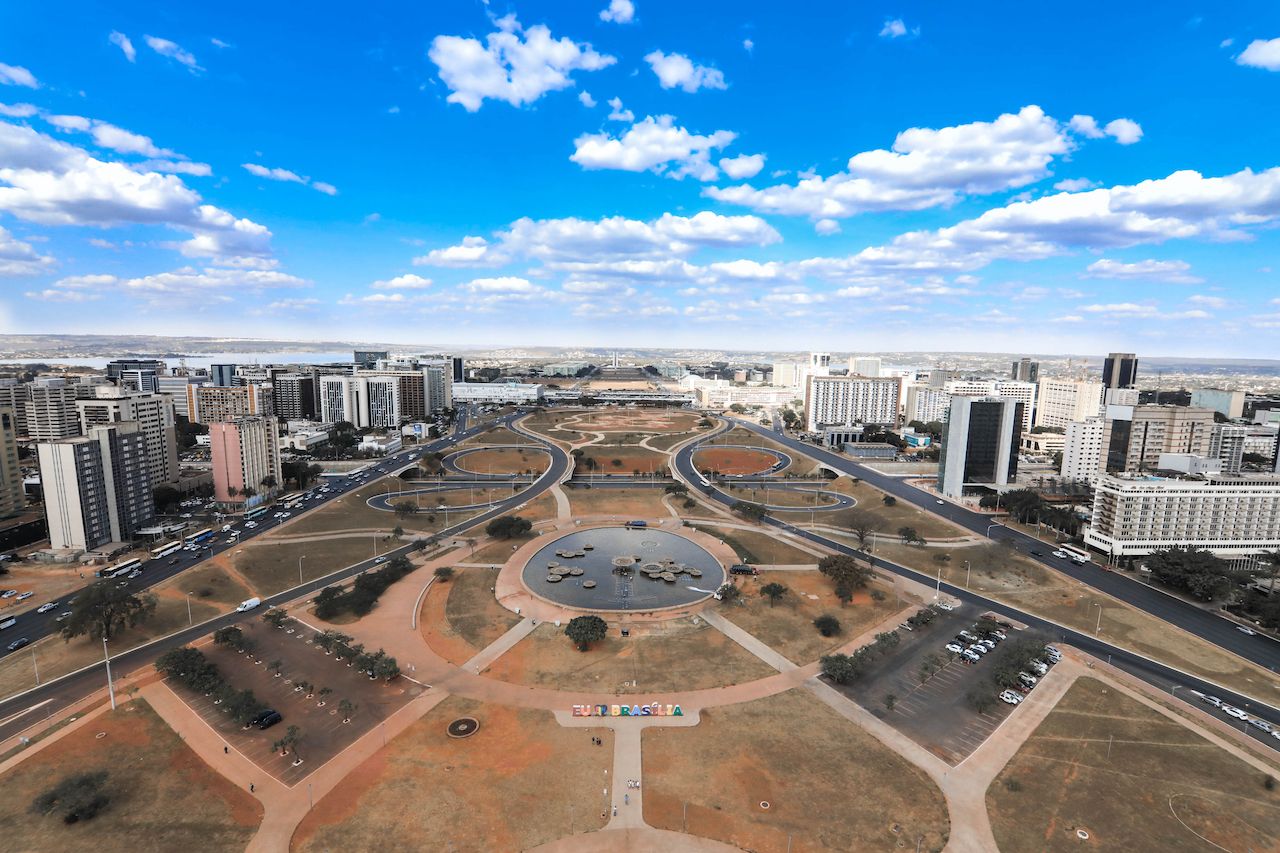1. Nord-Pas de Calais Mining Basin (France)
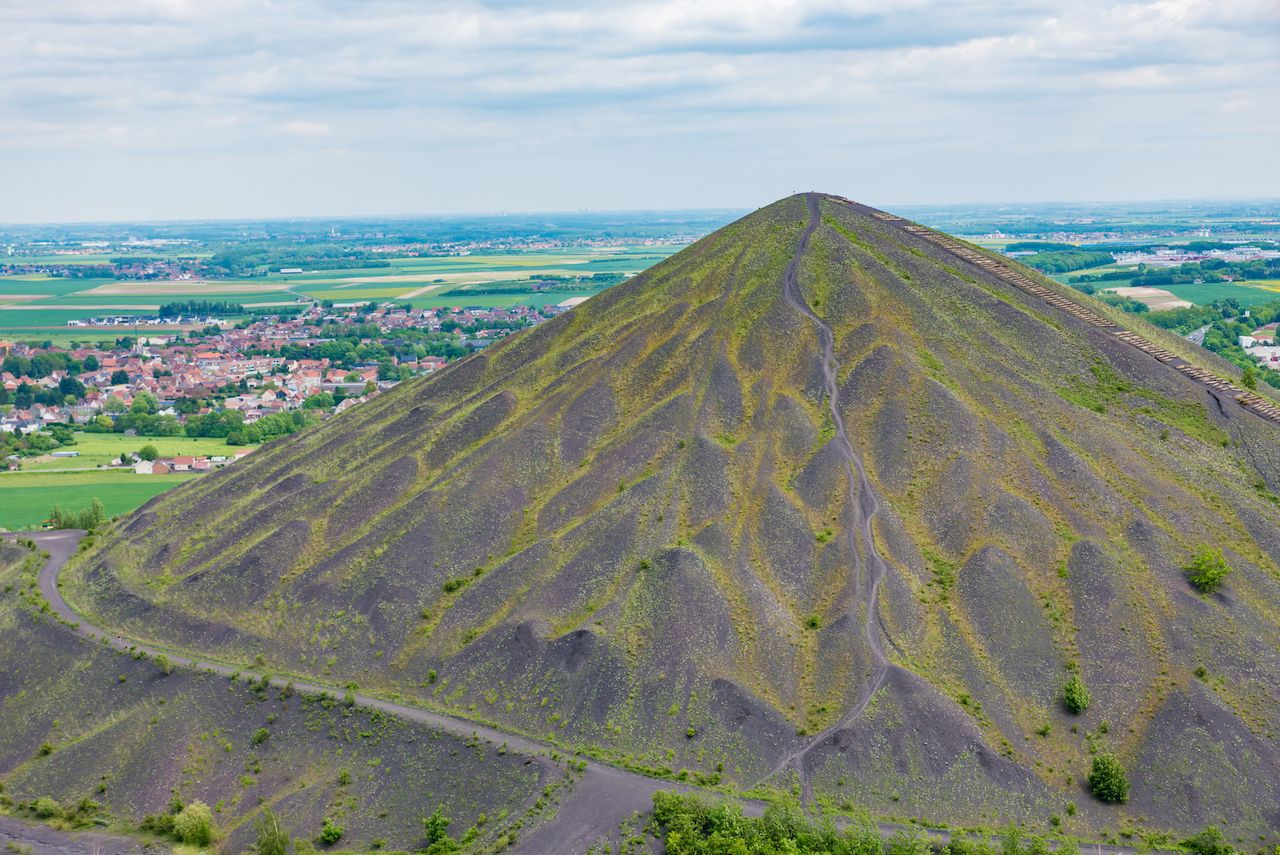
Photo: Takashi Images/Shutterstock
UNESCO’s World Heritage Center put this site on the World Heritage List in 2012, and since then this French World Heritage site has been a topic of heated discussion. The site is described as a testament to centuries of heavy industry and mining. However, travelers looking to find a monument to the Industrial Revolution should look elsewhere, as all they’ll find in the Nord-Pas de Calais Mining Basin are a museum and two gigantic slag heaps. Mining history aficionados will have loads of fun touring the abandoned mining facilities (and staring at the slag heaps), but everyone else will find much better uses for their time at any of France’s other 38 World Heritage Sites.

